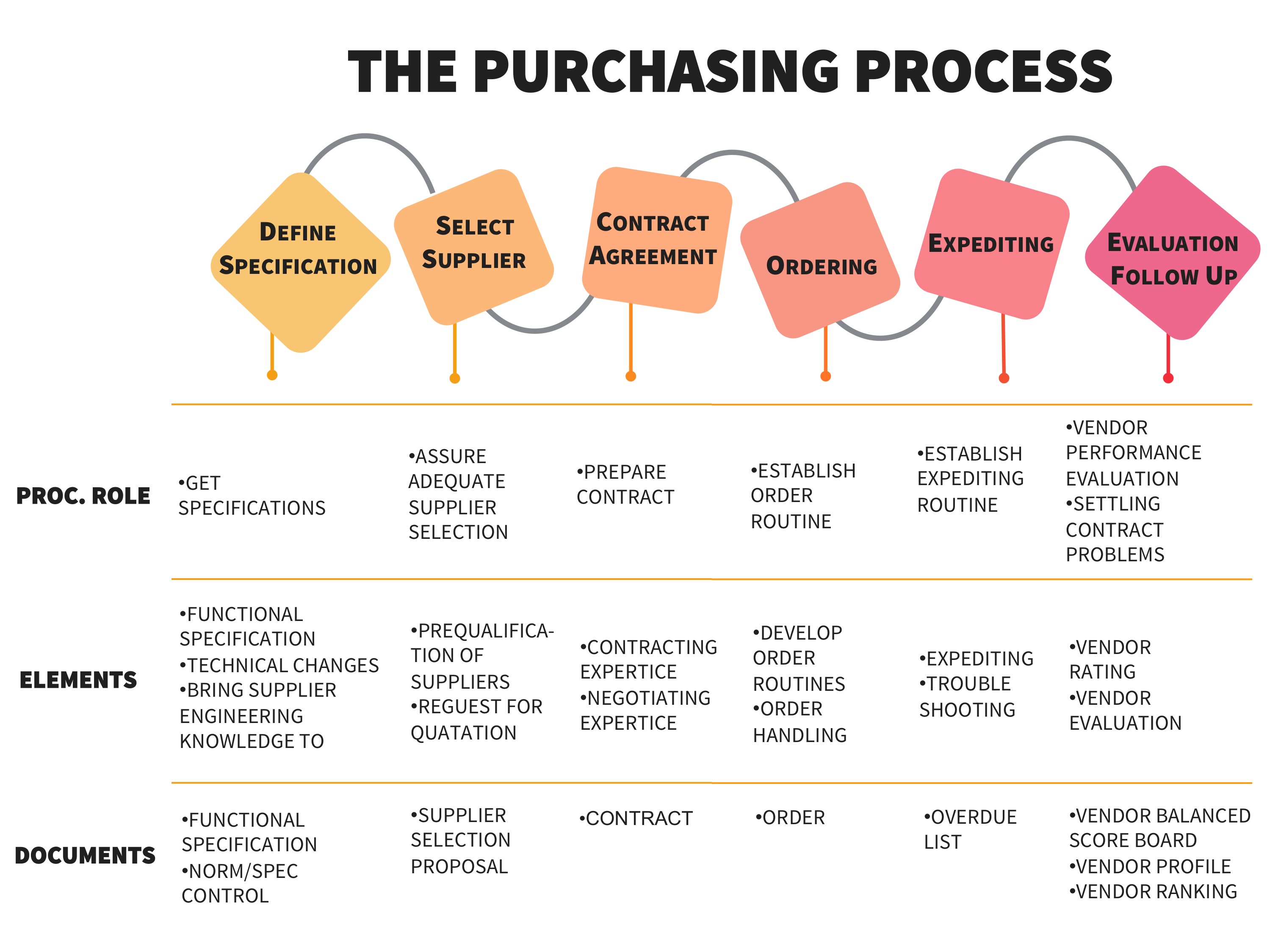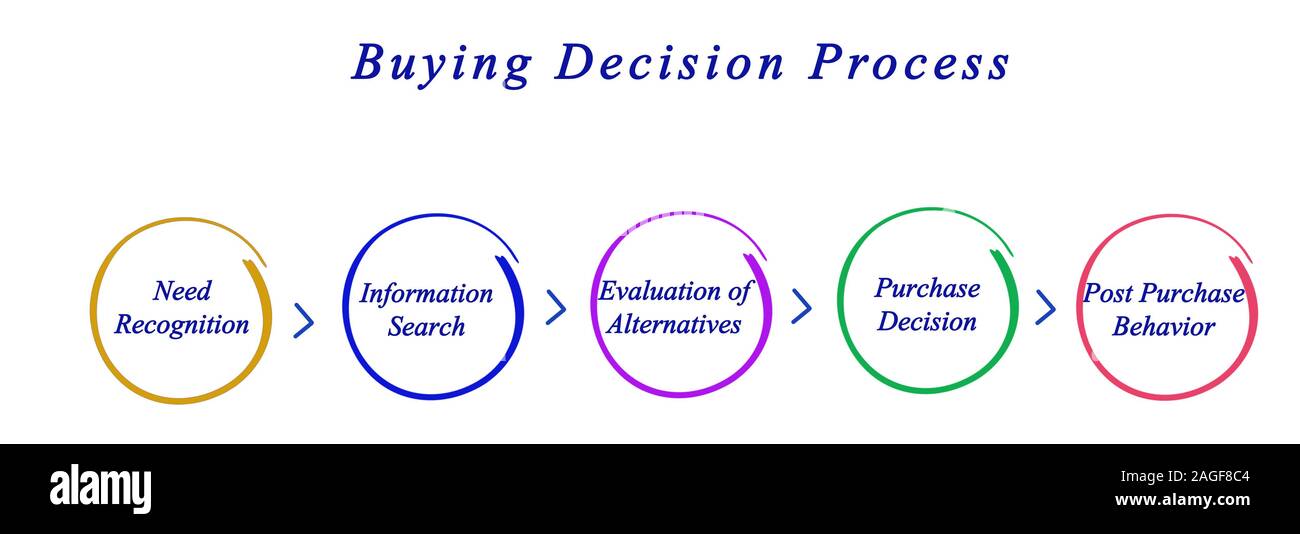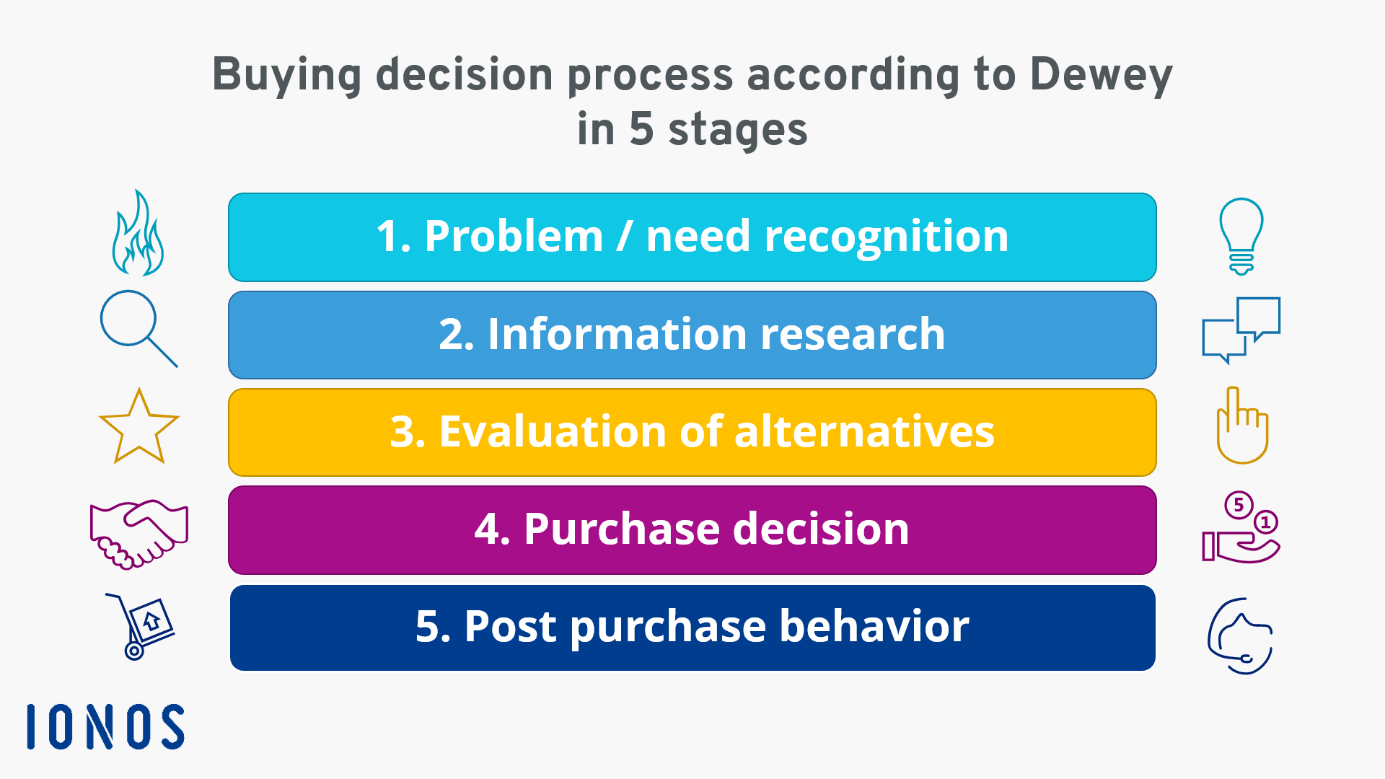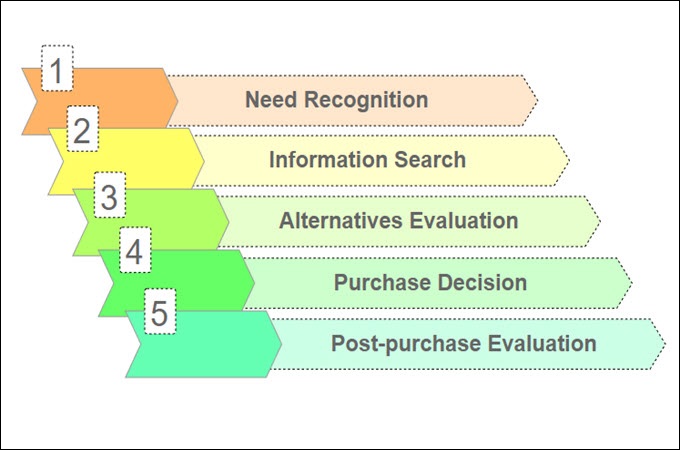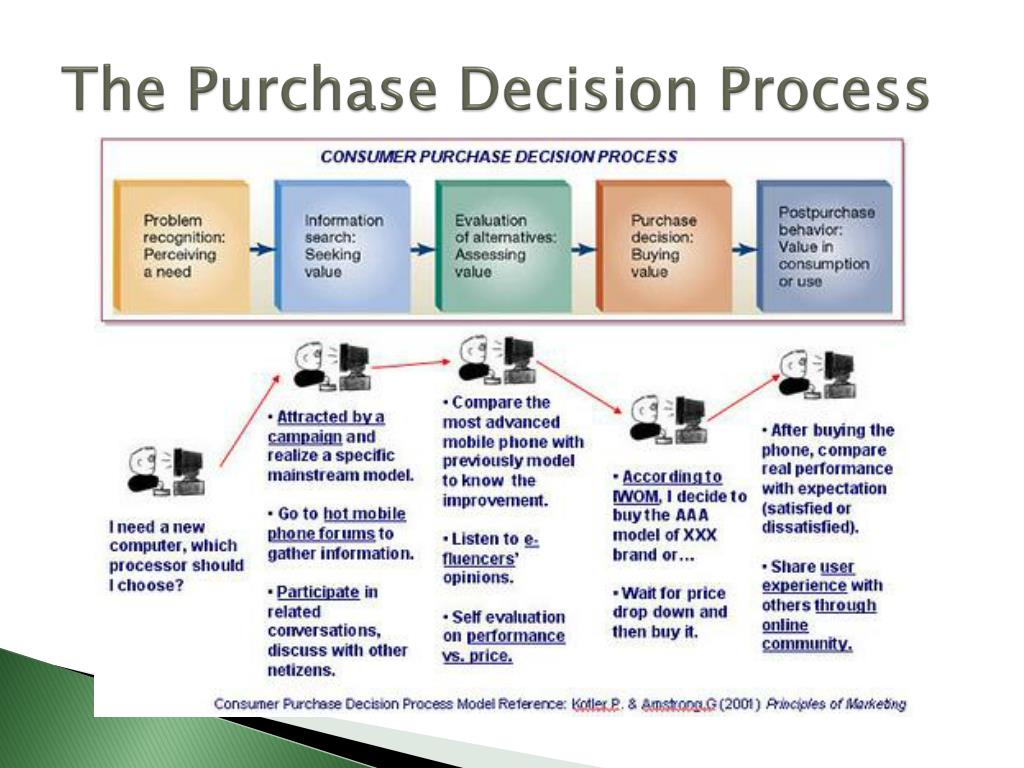Which Is The Final Stage Of The Purchase Decision Process
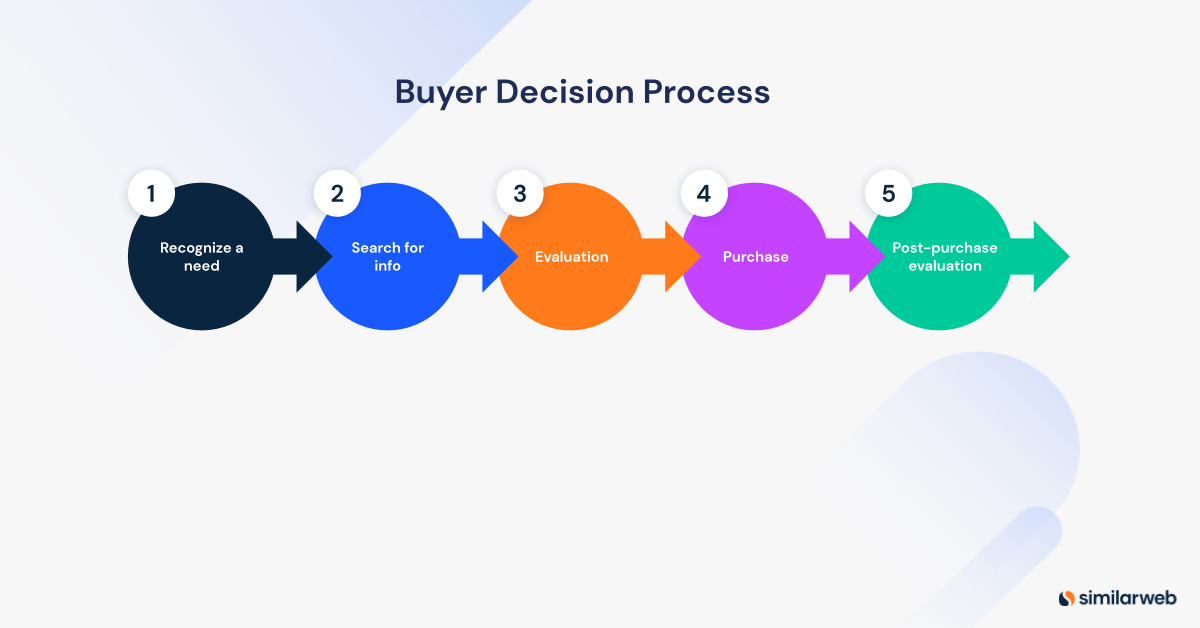
Businesses are losing customers at the very end of the sales cycle. Experts are urgently calling for a renewed focus on the post-purchase experience to combat rising customer churn.
The final stage of the purchase decision process, often overlooked, is crucial for customer retention and long-term brand loyalty. Neglecting this phase can negate all previous marketing and sales efforts, leading to dissatisfied customers and lost revenue. This article breaks down why this stage matters and how businesses can optimize it for success.
The Stage You Can't Ignore: Post-Purchase Evaluation
Traditionally, the purchase decision process is broken down into five stages: need recognition, information search, evaluation of alternatives, purchase decision, and post-purchase behavior. It is the last stage which holds the key to customer satisfaction and repeat business.
Post-purchase evaluation involves the customer assessing their experience with the product or service against their initial expectations. A positive experience leads to satisfaction and loyalty; a negative one results in dissatisfaction and potential churn.
Research indicates a growing disconnect between the pre-purchase promises and the post-purchase reality. A recent study by Gartner found that 89% of companies believe they deliver a superior customer experience, while only 8% of customers agree.
Why is Post-Purchase So Important?
It influences future buying decisions. Happy customers become repeat customers and brand advocates, driving organic growth through positive word-of-mouth.
Dissatisfied customers are likely to switch to competitors and share negative experiences online, damaging brand reputation. A study by McKinsey shows that satisfied customers have a lifetime value that can be 6 to 14 times higher than dissatisfied customers.
Post-purchase interactions provide valuable feedback for product improvement and service enhancement. This data is crucial for refining offerings and tailoring future marketing campaigns.
What Factors Influence Post-Purchase Evaluation?
Product performance is paramount. The product or service must meet or exceed the customer's expectations in terms of functionality, quality, and reliability.
Customer service plays a vital role. Prompt, helpful, and empathetic support can mitigate negative experiences and turn dissatisfied customers into loyal ones.
Delivery and installation affect the overall experience. A smooth and hassle-free delivery and installation process contributes to a positive post-purchase evaluation.
Strategies for Optimizing the Post-Purchase Experience
Proactive communication is key. Keep customers informed about their order status, delivery schedules, and any potential issues.
Personalized follow-up demonstrates care. Send thank-you emails, offer exclusive deals, and solicit feedback to show customers they are valued.
Easy returns and exchanges build trust. A hassle-free return policy can alleviate customer anxiety and encourage future purchases.
Addressing Common Pain Points
Long wait times in customer service are a major source of frustration. Invest in efficient support channels and train staff to resolve issues quickly and effectively.
Complex or confusing product instructions can lead to dissatisfaction. Provide clear and concise instructions, tutorials, and FAQs to help customers get the most out of their purchase.
Unexpected fees or hidden charges can erode trust. Be transparent about pricing and avoid adding hidden fees at checkout or after the sale.
The ROI of a Strong Post-Purchase Strategy
Increased customer loyalty leads to higher retention rates and reduced churn. This directly translates to increased revenue and profitability.
Positive word-of-mouth marketing from satisfied customers generates organic growth and reduces customer acquisition costs. According to Bain & Company, increasing customer retention rates by 5% can increase profits by 25% to 95%.
Improved brand reputation enhances competitiveness and attracts new customers. A strong reputation is a valuable asset in today's crowded marketplace.
Next Steps for Businesses
Audit your current post-purchase processes to identify areas for improvement. Map out the customer journey and identify pain points that can be addressed.
Invest in customer service training and technology to provide prompt, helpful, and personalized support. Empower your staff to resolve issues efficiently and effectively.
Continuously monitor customer feedback and use it to refine your products, services, and processes. Use surveys, reviews, and social media listening to gather valuable insights.
The focus must shift. From simply closing the sale to nurturing a long-term relationship with the customer, the post-purchase experience is the battlefield where customer loyalty is won or lost. Ignoring this stage is a risk businesses can no longer afford to take.
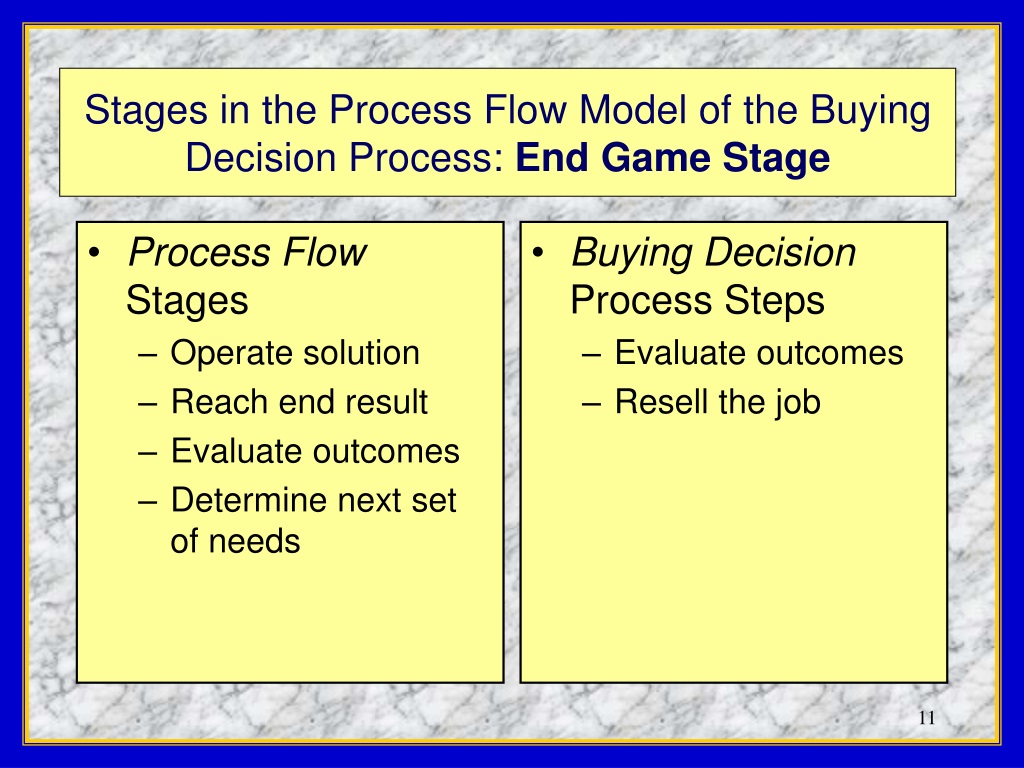
![Which Is The Final Stage Of The Purchase Decision Process Buying-Process Stages | Principles of Marketing [Deprecated]](https://s3-us-west-2.amazonaws.com/courses-images-archive-read-only/wp-content/uploads/sites/1505/2016/01/04105206/Consumer-Decisions-Process-Final-900x1024.jpg)
![Which Is The Final Stage Of The Purchase Decision Process Consumer Decision Process [Buyer Decision Process] - iEduNote.com](https://iedunote.com/img/20005/buyer-decision-process.png)

